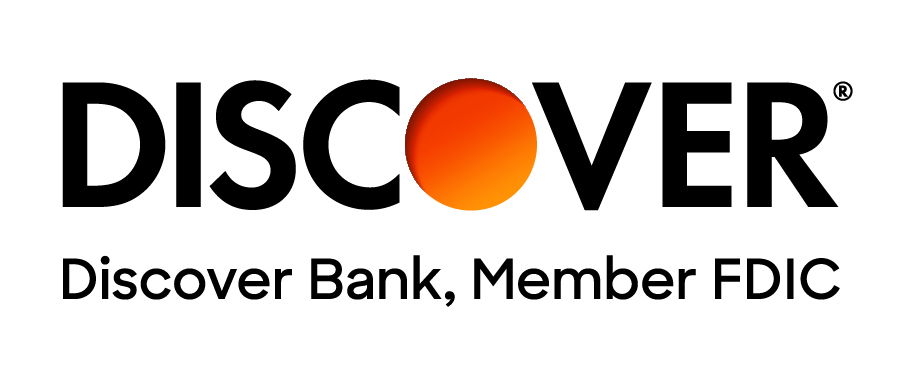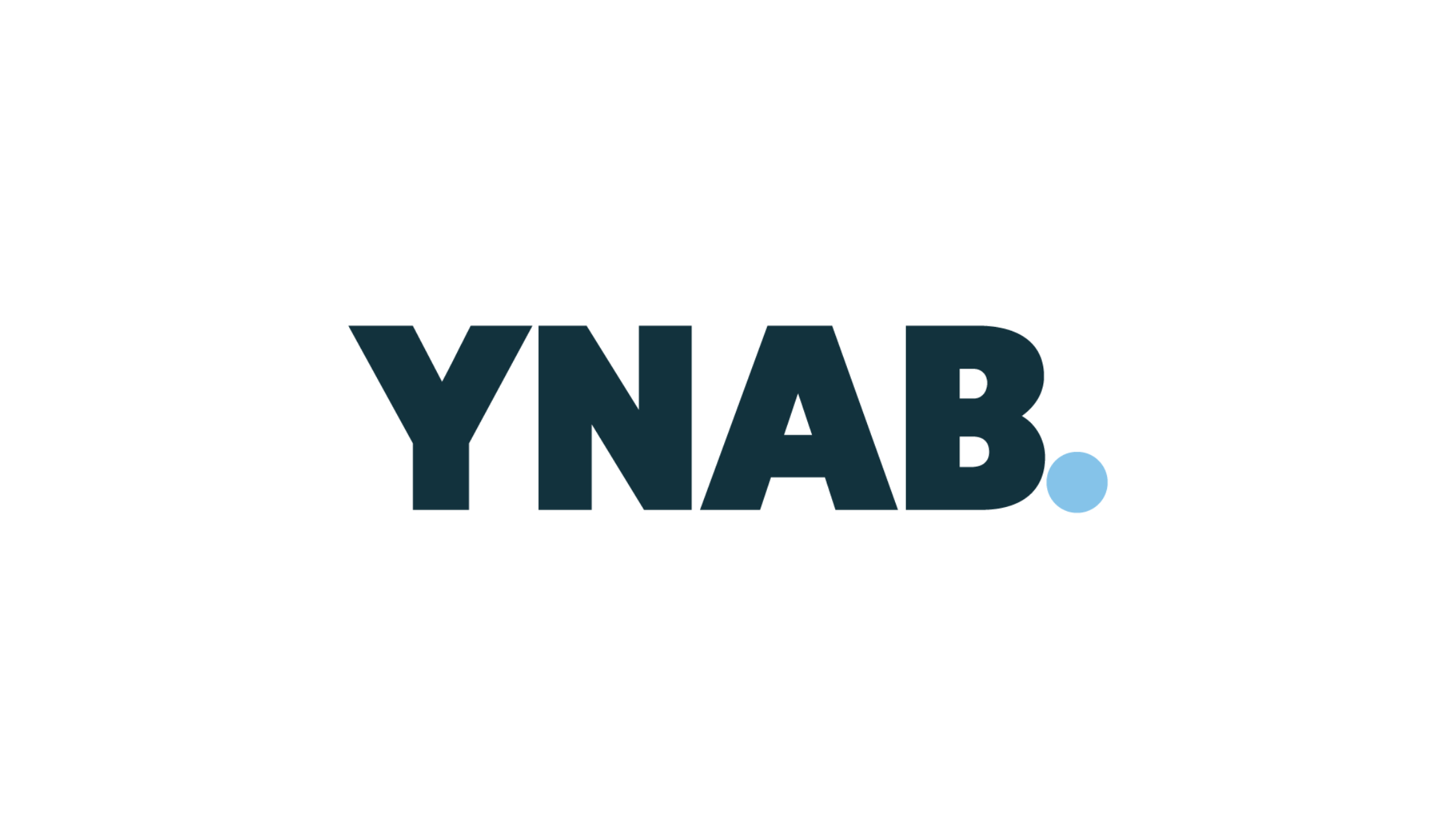The content and opinions provided on this site have not been provided or commissioned by any issuer of the financial products and/or services appearing on this site. The content and opinions have not been reviewed, approved or otherwise endorsed by an issuer. Offers may be subject to change without notice. For more information, please read our full disclaimer.
What are Financial Goals?
Financial goals serve as a roadmap for managing your money effectively. They help you decide how to save and spend, ensuring you stay aligned with your financial plans. While setting a goal like “I want to save $10,000,” it’s just as important to understand the why behind your goal and how your money will be used. This mindset keeps you accountable, prevents careless spending, and makes it easier to reach your goals.
Benefits of Setting Financial Goals
To achieve your financial goals, prioritize your expenses. Avoid splurging on unnecessary items like expensive coffees. Small purchases such as dining out, coffee runs, and in-app buys can accumulate over time. Make smart financial choices to optimize your savings after covering essentials. Set clear goals for accountability and celebrate even the smallest milestones along the way.
How to Set Financial Goals
When you set financial goals, you give your money purpose. This may be providing for the kind of life you want now, in the future, or some combination in between. As you go about setting goals for your finances, you may want to begin with these tips for setting a SMART goal:
S-Be Specific with your money goal. Anyone can say I want to be rich, or I want to save money this year. Instead set yourself up for success with a clearly defined goal. This could be a set amount of money you are looking to save, or maybe a trip you are taking on a specific date you’re looking to save up for. Write out as many details about your goal as possible.
M-Your goal should be Measurable. When working with money, you may have a specified amount of dollars you are looking to save each month, or you can work toward paying off a certain amount of debt. This allows you to see how close (or far) you are from your Specific goal.
A-Have an Achievable goal. Your life may be busy and hectic, so keep your goals within reach and reason. (Retirement is a great goal, but you’re probably not going to be able to reach retirement directly out of college.) You may want to start with some smaller goals to get an idea of what you are capable of.
R-Keep your goal Realistic. If you aren’t sure what a realistic financial goal looks like, talk to a parent or trusted adult. Sit down and try to understand what is and isn’t within your reach financially. You may want to save up to pay for a brand new, top of the line electric bike by the end of the year. Another goal may simply be to pay your student loan payments on time each month to help improve your credit score. Sometimes circumstances change and it’s okay if you have to change your goal as you begin to gain an understanding of your finances.
T-Give your goal a Time frame. While being specific, also take into account the time you may need to save up or to pay off. Keeping the timeline of your goal in mind can help you stay motivated and keep your goal top of mind.
The tips above are a great place to start as you plan out your financial goals and benchmarks. Writing down your goals and putting them in a place you see often can help you stay focused and remember the “why” behind what you’re doing.
As a college student, it may be useful to begin your financial journey by choosing two or three financial goals to focus on for the next year. If you’ve never set a financial goal before, you may want to set at least one realistic, short-term goal that you can work on achieving within the next year.
Types of Financial Goals
Many students want to have fun in college but want to make smart choices too. This is probably your first time on your own and you should try to be intentional with making and keeping your financial goals. While you still probably want to go out with friends, being mindful and working some “fun funds” into your budget can help you stay on track and reach your goals.
Short-Term Financial Goals
Take control of your financial future by setting short-term goals for the next 6 months to a year. Consider what you can realistically achieve before you graduate. Are you determined to say goodbye to credit card debt? It's within reach. However, eliminating student loan debt may pose a bigger challenge. Remember, while there are plenty of lofty ideals, setting achievable goals is the key to success.
Creating and Keeping a Budget
This is a great place to start, especially if you’ve never had a budget before. It might take a couple months to get the hang of budgeting, but it’s a skill that can be used throughout your life. Your school likely offers a Financial Literacy or Personal Finance course that could be your first step in helping you achieve this goal. There are plenty of online budgeting courses as well if you aren’t looking to fill a math credit.
You may have to look around for free or low-cost activities around your campus to help you stay within budget. Many schools provide many activities that are geared toward college students and their limited budgets. Check your student union or student resource center for ideas!
Enjoy guilt-free spending and effortless savings with a friendly, flexible method for managing your finances.
- Achieve spending and savings goals with target setting features
- Categorize your bills and give every dollar a job
- Create a financial plan that's easy to follow
>>> Read more on How to Budget
Begin Building an Emergency Fund
Having an emergency fund can help you avoid fees and possibly interest that is frequently associated with unexpected costs end up on a credit card. No one likes getting hit with a parking ticket, getting sick and paying for a doctor’s visit, or having to pay up for a new computer when your old one decides to bite the dust during midterms, so having a stash of cash saved up for those unforeseen expenses can take away some potential stress.
It may seem difficult to set aside money for an emergency fund when you feel like your finances are already being pushed to the limit, but even if you are able to set aside only $10 a week, you can end up with a fund of $520 over the course of a year.
Start by setting a small goal (such as $100) to begin with and set aside your money in a savings account. While there are many different kinds of savings accounts you can put your emergency fund in, many students find it the easiest to just put it in a savings account at their current bank. This allows you to link your checking and savings accounts to easily access your money in the chance you ever need to quickly get to it.
Pay off Credit Card Debt
At the mall when you are in the moment, it’s easy to swipe a credit card to pay for the newest pair of shoes or your weekly pizza, but those charges will add up. If you are not able to pay off those purchases at the end of the month, interest is added to whatever amount remains unpaid on your card, ultimately making your purchases cost more than you paid for them at the store.
Credit card debt can be a costly weight that follows you around. As of June 2022, the average American carries $5,221 monthly in credit card debt . Paired with the current average credit card interest rate of 21.59% according to LendingTree.com, credit cards can be expensive if not used sparingly. The sooner you pay off credit card debt, the less money you will end up paying to your credit card company.
If you do need to pay off credit card debt, you can use the debt snowball strategy to help quickly pay down your debt. Begin by listing your credit debts from smallest balance to largest balance. Continue making your minimum payments on all your cards, but any extra money you have at the end of each month should go towards your smallest balance. As you pay off your smallest debt, use the money you were applying toward that debt to your next highest debt and so on. Continue paying off each debt until you are debt free! The momentum from this strategy helps keep you motivated to pay off each outstanding debt.
Another popular method for paying off debts is the debt avalanche. List out your credit card debts based on the interest rates for each card. The card with the highest interest rate indicates which debt you should tackle first. You will make the largest payment you are financially able to towards the highest interest card (while still making the minimum payments on your other debts). Once you pay that card off, move on to paying off the card with the next highest interest rate. Paying off each card frees up money you can put toward the next debt until all are paid off.
In both these scenarios, it’s important that you do not continue to use the cards you are hoping to pay off. Try making a habit of using a debit card when making purchases, so the money comes right out of your checking account and doesn’t add to the balance on your credit card.
Long-Term Financial Goals
You can expect long-term financial goals to take several years or more to reach. These goals may seem quite far into the future but just because they feel distant doesn’t mean that you shouldn’t start saving for them now. By starting when you’re young, you have the benefit of time on your side which will allow your money to work harder for longer for you. Compound interest can be your best friend at this point! Even though the money you are putting away seems like it could be more beneficial in your pocket, trust in your future self and make it a priority to invest now.
Save and Invest for Retirement
One of the most prominent long-term financial goals many people have is saving up for retirement. It’s a good idea to save 10-15% of every paycheck in retirement account such as a 401(k) or a 403(b). These financial products are often offered by employers, sometimes with matching funds up to a certain point. (Talk to your employer for more information.)
You may also be able to open a traditional individual retirement account (IRA) or a Roth IRA. These accounts are created specifically for saving money for retirement and can be found though a robo-advisor or your financial advisor. There may be restrictions on how much you are allowed to put into these accounts each year so do some research first. You may also have to pay a penalty if you withdraw money from these accounts before a certain age.
Pay off Student Loans
Many students need the help of student loans in order to pay for college. These loans can follow you for years, and the faster you can pay them off, the quicker you can get to freeing up that money so it can be allocated somewhere else. If your student loan was initially dispersed with a higher interest rate, you may want to look into refinancing your loan with a new lender and a lower interest rate.
%%Best Refi Lenders%%
One important thing to note here is, if you have federal student loans, refinancing with a private lender can forfeit access to income-based repayment plans, deferment, and forbearance—programs and other assistance available by the federal government, for those who fall on tough times. Talk to your lender if you need more insight on the options available to you.
Pay off Car Loan
Cars, unlike homes, typically do not appreciate (or increase) in value. You may be living someplace where a car may be a necessity but realize that not only will you have to pay for the car, but you will have license and registration fees, insurance, fuel costs, and maintenance. These costs do add up, so the sooner you can pay off your loan (or buy a car without needing financing), the sooner you can put that money to work either as a down payment on a home or saving for a better investment.
Save for a Home Down Payment
It’s easy to get caught up in all the fun of being a college student and working towards graduation, but remember, you will have to live somewhere once you graduate. Unless you already have saved up a down payment, you can expect to either move back in with family or rent upon graduation. While renting is a popular option for new graduates, remember that the money you are using on rent is paying someone else’s mortgage.
Saving up 10-20% of a house’s asking price for a down payment is a good place to start. It’s important to note that not only does buying a house include a down payment, you will also have to pay closing costs, an appraisal fee, home inspection fee, and origination fee, just to name a few. If you are able to put down 20% of the cost of the house, you can avoid private mortgage insurance (PMI) that would otherwise be required and adds to amount of your monthly payment.
Setting financial goals now can ensure you put yourself in a place to be financially secure down the road. It may seem like there are many places for your money to go (other than your pocket) at the moment but have confidence in your choices to be money-savvy now—you are paying your future self!









